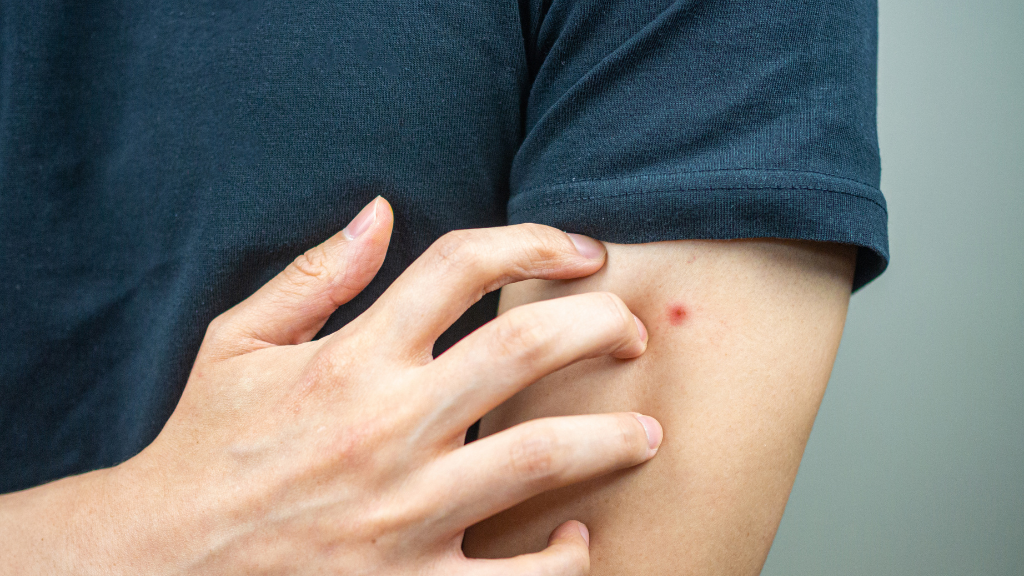What Does a Brown Recluse Bite Look Like?
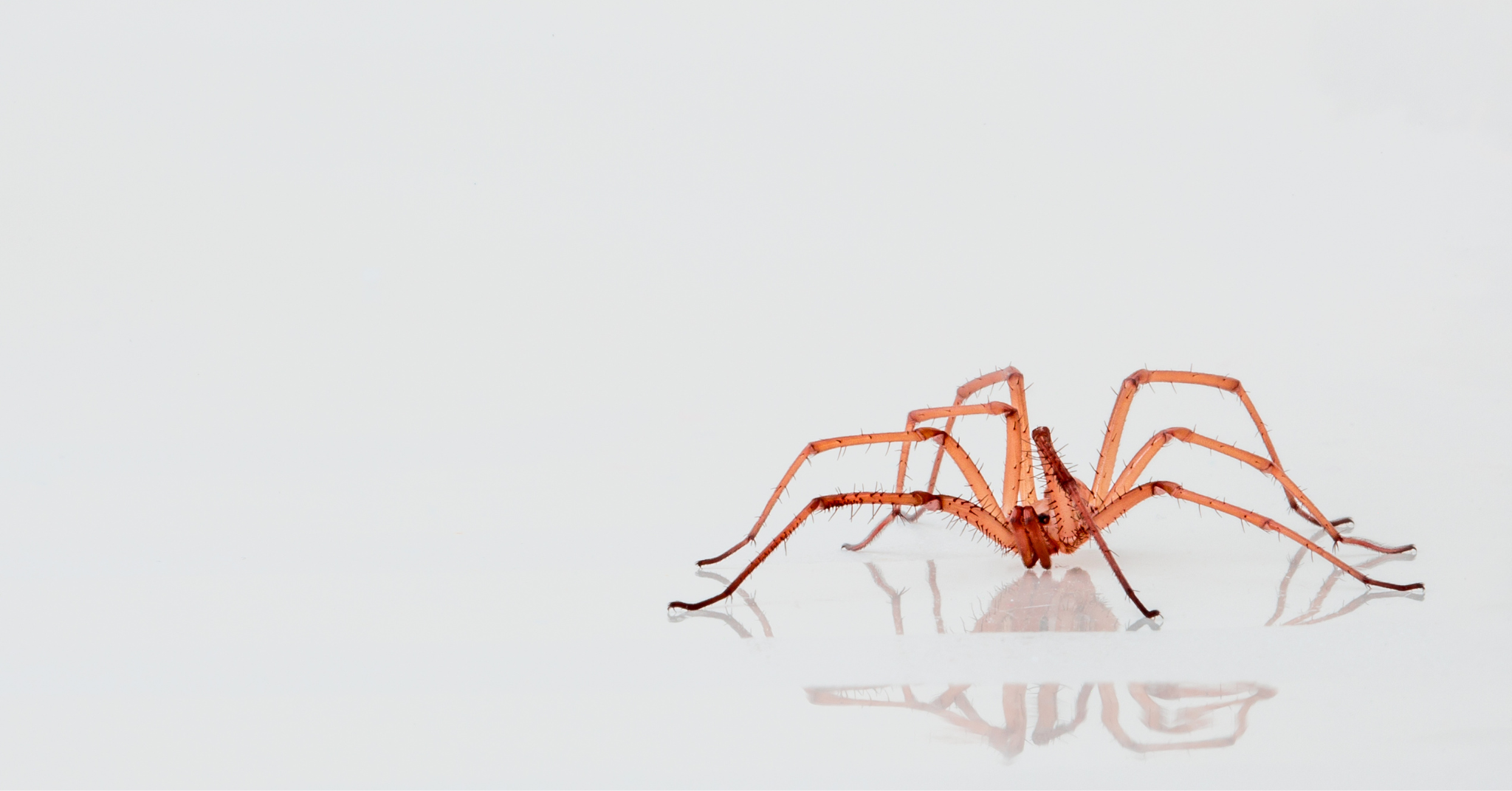
Although brown recluse spiders don’t bite humans often, it’s important to be able to identify this poisonous spider bite. When threatened or trapped, brown recluse spiders bite and leave behind dangerous venom that can cause infection and necrosis. You may not even feel a brown recluse bite until afterward, which is why it’s important to take measures to safeguard your home from these intruders.
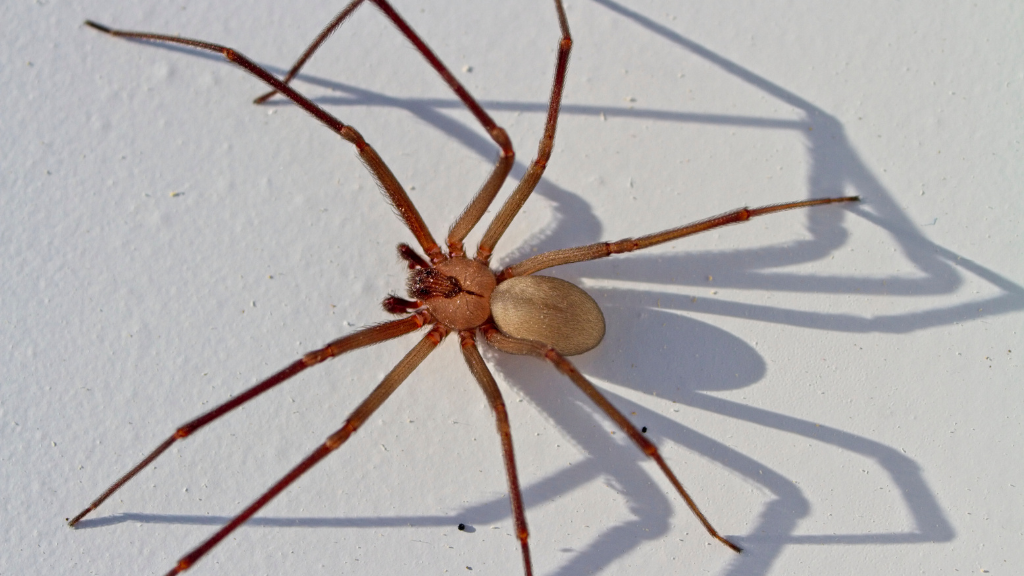
WHAT ARE BROWN RECLUSE SPIDERS?
Of the venomous arachnids in the United States, the brown recluse spider (Loxosceles reclusa) is one of the more common. These small brown spiders often hide in warm, dry areas both inside and outside homes.
Identifying a brown recluse spider can be a bit tricky. These spiders are usually around ¾ inches long—about the size of a penny. As the name suggests, brown recluse spiders are brownish in color and can be light or dark brown.
The brown recluse spider also typically has a violin-shaped marking located near the eyes on the cephalothorax (the body part which contains both the head and thorax), with the “handle” of the violin facing toward the rear. Because of this marking, brown recluse spiders are also known as “brown fiddlers,” “fiddleback spiders,” and “violin spiders.” However, this marking can be difficult to spot depending on the spider’s age and specific coloring.
Another way to identify a brown recluse is by looking at its eyes. While most spiders have eight eyes arranged in various ways, brown recluse spiders have six eyes, arranged in three pairs. These eye groupings on a brown recluse form a triangle pattern almost resembling two eyes and a nose.
WHAT ARE THE SYMPTOMS OF A BROWN RECLUSE SPIDER BITE?
Brown recluse spider bites are initially painless, with a stinging sensation typically starting about 3 hours later. Key signs include redness at the bite site and fang marks, often followed by a white blister that usually heals with scarring over several weeks. In some cases, the blister may turn blue, leading to necrosis and ulcer formation. Other symptoms can include nausea, vomiting, severe itching, and muscle pain.
IMMEDIATELY AFTER BEING BITTEN
The first signs of a brown recluse bite are similar to other insect bites. The site may feel a little itchy or irritated, and you will typically see a small red circle or patch on the skin. If you look closely, you might be able to see fang marks as well.
HOURS AFTER BEING BITTEN
Redness and swelling may spread at the site of the brown recluse bite, up to an inch or two. For most people, the area will begin to resemble a rash or allergic reaction. You will probably start to feel some severe pain around the bite.
DAYS AFTER BEING BITTEN
For some, a brown recluse bite will begin healing after a few days. However, people who have a strong reaction to a brown recluse bite will see a blister form after a day or two. The pain may become unmanageable at this point and most will seek medical care.
WEEKS AFTER BEING BITTEN
In serious cases of a brown recluse bite, a scab will form after the blister phase and eventually slough off, leaving a crater in the skin. A brown recluse bite contains necrotic venom that can cause tissue death, leading to serious systemic medical complications for some.
Doctors may need to remove sections of infected tissue if the necrotic venom has spread. Brown recluse bites that cause blisters and lesions often leave crater-like scars after healing. In very rare cases, a brown recluse bite may result in death.
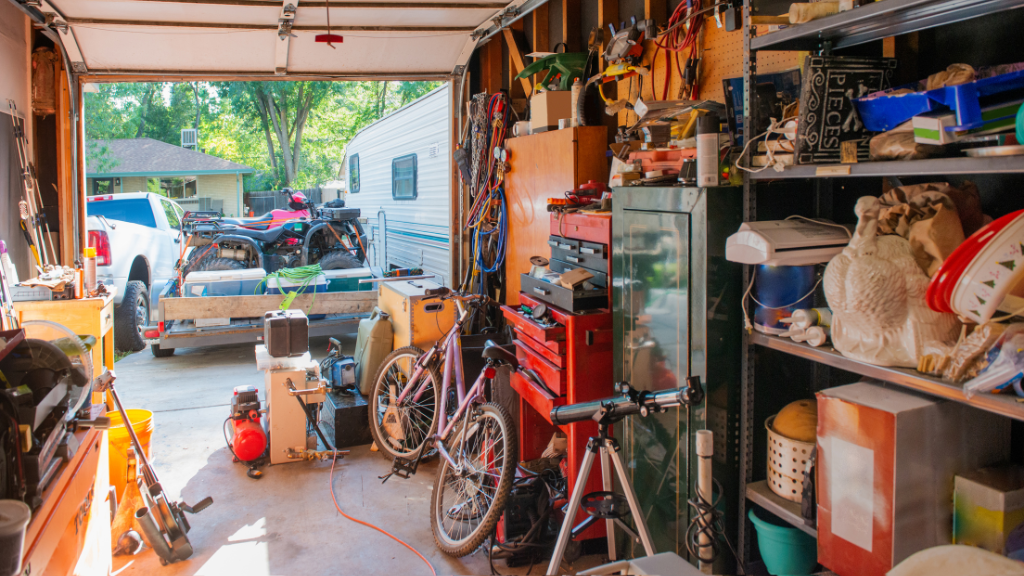
WHERE DO BROWN RECLUSE SPIDERS LIVE?
Brown recluse spiders are found in the southern and midwestern United States. They prefer warm, dry places that are dark and protected from the elements. If you live in an area that is not commonly inhabited by brown recluse spiders, it’s still possible to encounter a bite if one of these spiders has accidentally been transported via shipping container or packaging during a move.
Inside homes, brown recluse spiders prefer to stay in undisturbed spaces like corners of sheds or in boxes that have been left out for a long period of time. They might also shelter in an attic, unfinished basement, or crawl space. People often report a brown recluse bite after pulling winter coats or gloves out of an open storage area and putting these clothes on for the first time in months.
Outside the home, these spiders hide under woodpiles, utility boxes, rocks, and other areas that provide shelter.
HOW DO BROWN RECLUSE BITES AFFECT PEOPLE?
Anyone who lives in a brown recluse habitat area should be wary of these venomous arachnids. A brown recluse spider bite will cause skin irritation, pain, and swelling in most humans. Around 10% of these bites result in serious medical complications. A brown recluse bite is especially dangerous to children, the elderly, and people who are immunocompromised since they are more likely to develop a severe reaction and an infection.
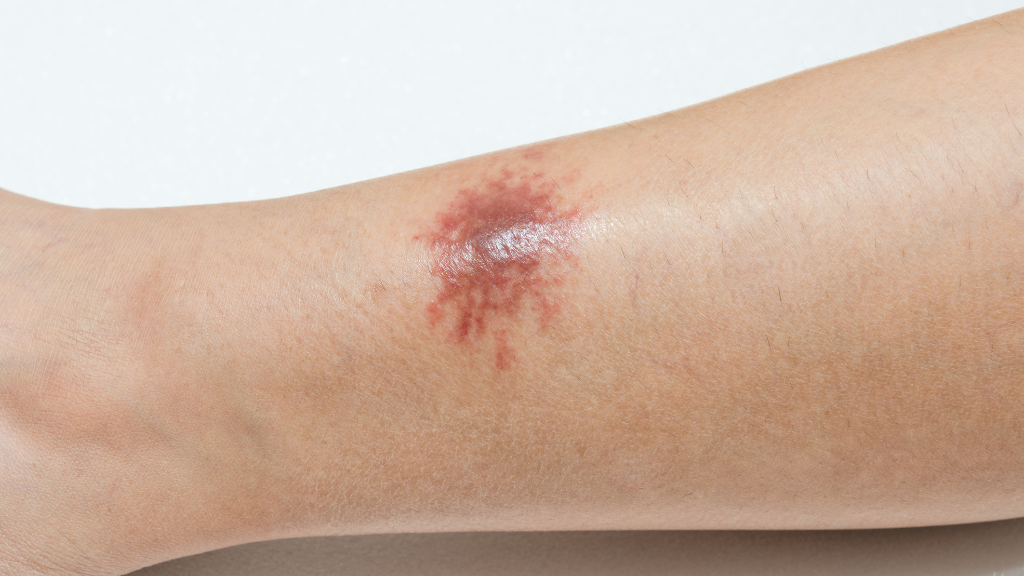
HOW DO I KNOW IF I’VE BEEN BITTEN BY A BROWN RECLUSE SPIDER?
Brown recluse spiders typically only bite when they feel pressure physically exerted on them (such as when they’re trapped or a person presses on them). Their fangs cannot bite through fabric.
The best way to verify if you’ve been bitten by a brown recluse spider is to visually identify the spider soon after being bitten. However, since you may not feel the bite, and the spider may scurry away before you catch a glimpse of it, there are other ways to identify a brown recluse bite.
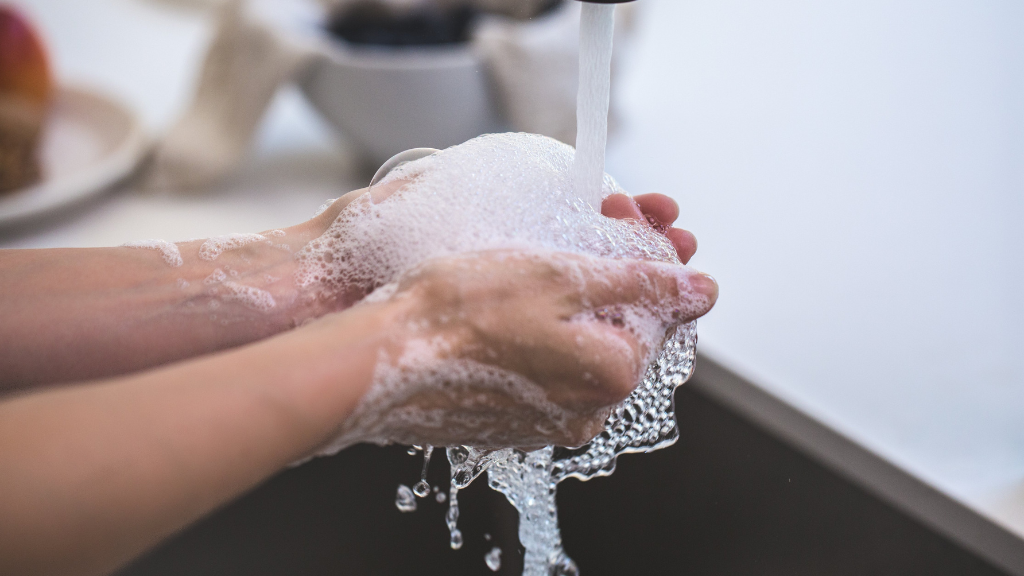
WHAT SHOULD I DO IF I’VE BEEN BITTEN BY A BROWN RECLUSE SPIDER?
If you suspect you’ve been bitten by a brown recluse spider, seek medical attention. It’s important to take care of the wound, as well as the areas in which these spiders take shelter. You can make sure your home is free from these pests by contacting a professional.
1. IDENTIFY THE SPIDER
If possible, visually identify the spider to verify it as a brown recluse. Use caution and don’t get too close or linger in an area that may be infested. But if you see one scurrying away after you notice pain, check to see if it looks small and brown with the violin marking on its back.
2. WASH AND TREAT THE BITE
Carefully wash the area where you’ve been bitten with soap and water. After gently drying your skin, apply first-aid antibiotic ointment.
3. APPLY A COLD COMPRESS
To help with the pain and swelling, apply a cold compress to the affected area. Wet a washcloth with cold water and press it to the bite or wrap ice in a towel and hold it against your skin.
4. ELEVATE THE AFFECTED AREA
Elevating the place that’s bitten will also help with swelling. Prop the affected area up on pillows and avoid moving around as much as possible.
5. CONSULT YOUR DOCTOR
Even if your symptoms aren’t severe right away, it’s best to consult your doctor as soon as you’ve been bitten by a brown recluse. They may suggest managing symptoms at home with over-the-counter pain medication and rest. If your condition worsens, your doctor may prescribe an antibiotic to stave off infection.
6. CALL YOUR PEST CONTROL PROVIDER
Because brown recluse spiders are dangerous, call your pest control provider as soon as you suspect these creatures in your home. Leave removal up to the experts.
The main thing to remember about a brown recluse bite is that symptoms vary by individual. If you notice suspicious redness, swelling, or itching and aren’t sure what bit you, it’s always a good idea to check in with your doctor.
CALL IN THE EXPERTS FOR BROWN RECLUSE REMOVAL
Through custom seasonal visits every quarter, the pest control experts at Moxie Pest Control maintain barriers that keep your home protected from venomous intruders like brown recluse spiders. Our team is always prepared to get rid of spiders and keep them away. Contact us today for all your spider-eliminating needs and rest easy knowing your family is secure.
SOURCES
- https://www.cdc.gov/niosh/topics/spiders/default.html
- https://spiders.ucr.edu/how-identify-and-misidentify-brown-recluse-spider
- https://my.clevelandclinic.org/health/diseases/22946-brown-recluse-spider-bite
- https://entomology.ca.uky.edu/ef631
- https://extension.psu.edu/brown-recluse-spiders
- https://www.medicalnewstoday.com/articles/313661
- https://www.ncbi.nlm.nih.gov/books/NBK537045/
Author Bio
Courtney Enzor has worked in the pest control industry for about a decade. From helping you build a fly trap to giving you the best tips for identifying various bugs, she loves answering all your pest-related questions and sharing her pest-related expertise through writing. At the end of the day, she hopes her content will help people avoid mishaps and keep families happy and healthy!

